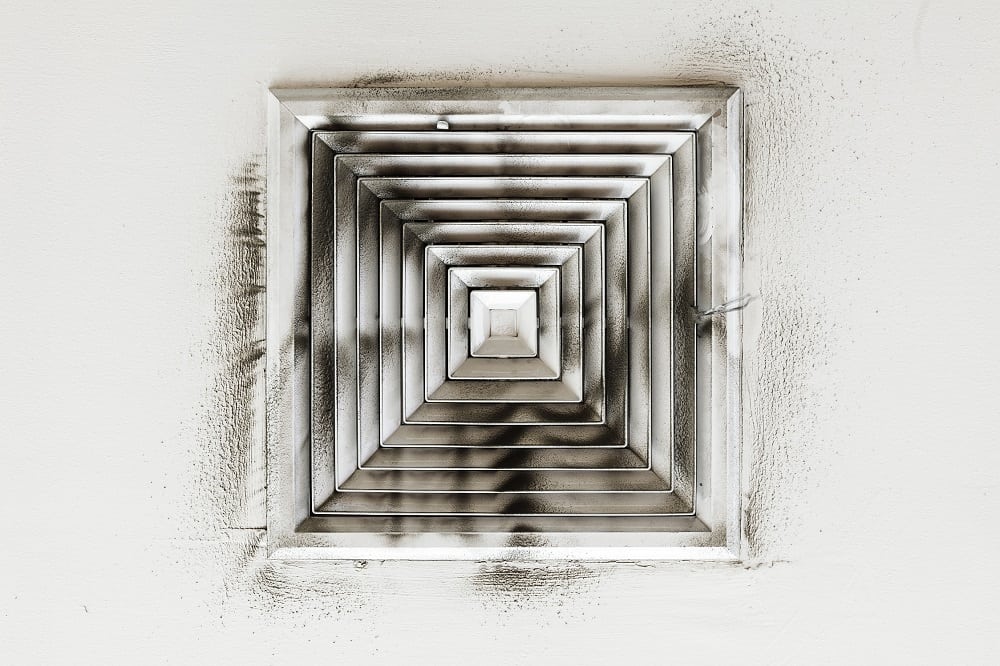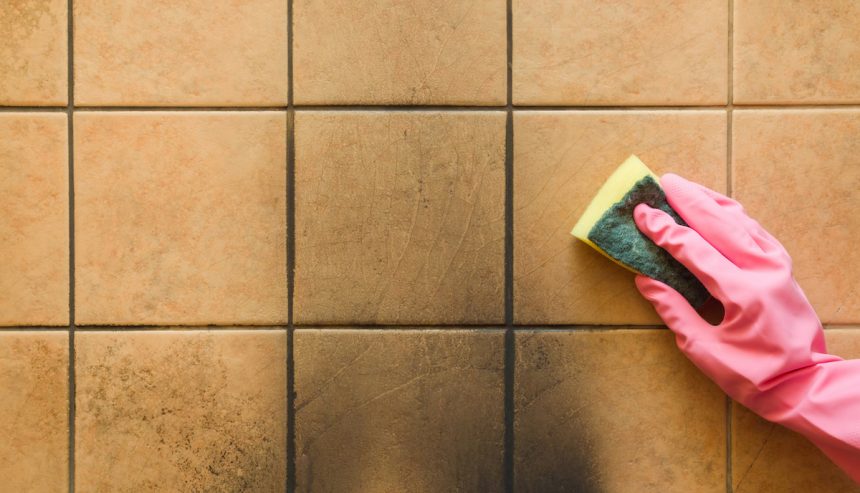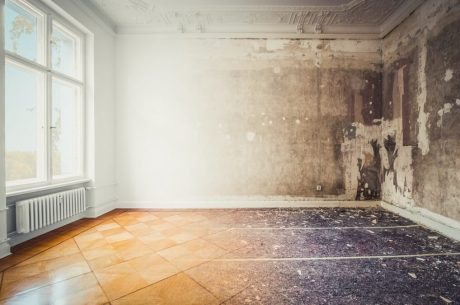
Once the flames of a house fire have been extinguished, the threat doesn’t end there. Soot, a byproduct of the fire, can permeate your entire home, posing health risks and causing damage. It’s important to familiarize yourself with the nature of soot, its dangers, and the steps to mitigate the damage. Explore more below.
Soot consists of minute carbon particles that form when fossil fuels like wood, oil, and coal undergo incomplete combustion. It contains acids, chemicals, metals, soil, and dust, leaving behind unsightly residues and unpleasant odors.
During a fire, soot particles disperse throughout the entire house, clinging to surfaces. The acidic nature of soot exacerbates the damage to your home and compromises indoor air quality if not promptly addressed.
It’s worth noting that soot can accumulate in your home even without a fire incident. Excessive candle usage, if not controlled, can lead to soot buildup and pose both a fire risk and health hazards. Insufficient ventilation in fireplaces can also release soot. Furnaces can be another source of soot contamination, especially during puff back incidents.
In outdoor environments, industrial activities that involve the burning of fossil fuels release soot into the atmosphere, significantly harming the ecosystem. Similarly, soot in your home not only impairs indoor air quality but also leaves behind stubborn odors and stains.
What is soot?
Soot consists of minute carbon particles that form when fossil fuels like wood, oil, and coal undergo incomplete combustion. It contains acids, chemicals, metals, soil, and dust, leaving behind unsightly residues and unpleasant odors.
During a fire, soot particles disperse throughout the entire house, clinging to surfaces. The acidic nature of soot exacerbates the damage to your home and compromises indoor air quality if not promptly addressed.
It’s worth noting that soot can accumulate in your home even without a fire incident. Excessive candle usage, if not controlled, can lead to soot buildup and pose both a fire risk and health hazards. Insufficient ventilation in fireplaces can also release soot. Furnaces can be another source of soot contamination, especially during puff back incidents.
In outdoor environments, industrial activities that involve the burning of fossil fuels release soot into the atmosphere, significantly harming the ecosystem. Similarly, soot in your home not only impairs indoor air quality but also leaves behind stubborn odors and stains.
What are the dangers of soot exposure?
Statistics reveal that particle exposure causes approximately 20,000 deaths in the U.S. each year, with many attributed to soot-related diseases. Additionally, soot exposure leads to 300,000 asthma attacks and two million lost workdays annually due to respiratory issues.
Soot particles can enter your body through inhalation, ingestion, or contact with the skin and eyes. These toxic particles can result in respiratory problems such as asthma, bronchitis, coronary heart disease, and even cancer. Infants, the elderly, and individuals with pre-existing respiratory conditions are particularly vulnerable.
To mitigate the health risks associated with soot exposure following a home fire, it is crucial to ensure thorough cleaning and sanitization of all affected areas.
How to clean up soot
Your home likely contains various materials, including plastics, foams, carpets, wood products, and synthetic fabrics. Soot generated from these materials presents health hazards, making fire restoration a challenging and potentially hazardous task. Even in the case of small fires, soot particles can infiltrate your entire property through the HVAC system.
Here are some tips on how to clean up soot:
- Wear protective gear. When cleaning up soot, it is important to wear protective gear, such as a dust mask, goggles, and gloves. This will help to protect you from inhaling the soot particles and getting them in your eyes or on your skin.
- Vacuum up as much soot as possible. Use a vacuum cleaner with a HEPA filter to vacuum up as much soot as possible. Be sure to empty the vacuum bag or canister outdoors.
- Wet wipe the area. After vacuuming, wet wipe the area with a damp cloth to remove any remaining soot.
- Dispose of the soot properly. Soot should be disposed of properly. Do not sweep it up or throw it in the trash. Instead, place it in a sealed bag and dispose of it in a landfill.
- Hose down the area. If there is a lot of soot, you may need to hose down the area. Be sure to wear protective gear and to hose the area down thoroughly.
- Ventilate the area. Once you have cleaned up the soot, be sure to ventilate the area to remove any remaining soot particles. Open windows and doors to let in fresh air.
It is crucial to understand that cleaning up soot thoroughly requires professional tools, expertise, and knowledge. Professionals can effectively eliminate soot and odors from your entire home, ensuring a safe living environment.
For professional smoke remediation or fire damage repair services, reach out to your local PuroClean office. Their experts are equipped to handle soot-related challenges and restore your home to a safe and habitable condition.



